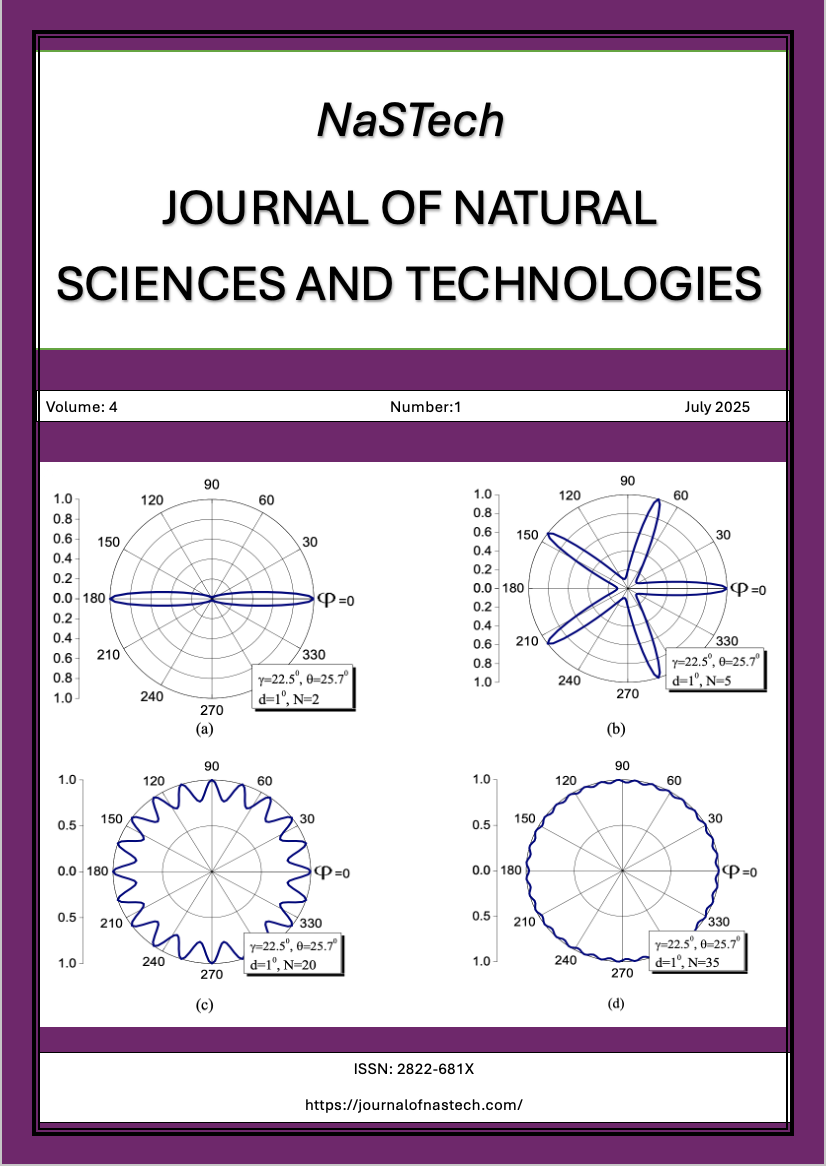DEVELOPMENT OF A SHOCK-ABSORBING 3D-PRINTED LINER FOR LOWER LIMB PROSTHESES
DOI:
https://doi.org/10.5281/zenodo.16610206Keywords:
3D Printing, clinical integration of new drugs, prostheses.Abstract
The current situation in Ukraine, exacerbated by ongoing military operations and a significant increase in amputations among both military personnel and civilians, requires urgent solutions in the field of prosthetics. A personalized approach to the production of high-quality and comfortable lower limb prostheses has become especially relevant. Custom design, taking into account the anatomical features of each patient’s residual limb, enables the creation of inserts with optimal shape and density. This minimizes pain, reduces the risk of irritation, inflammation, or swelling, and accelerates adaptation to a new way of movement. The use of 3D printing technology makes this process more accessible and cost-effective, as it allows for the rapid creation of personalized products without the need for expensive equipment or complex, multi-level production chains. In addition to improving patient comfort, this approach stimulates the development of Ukrainian engineers and biomedical specialists, fostering collaboration between research institutions and manufacturers and laying the foundation for a competitive high-tech industry. Ultimately, this has a positive impact on the socio-economic situation: the faster reintegration of amputees into active life reduces state spending on long-term treatment and rehabilitation while increasing employment rates and labor productivity. Therefore, the combination of high quality, personalization, and efficient resource use makes the implementation of modern 3D printing methods in lower limb prosthetics one of the most effective responses to the urgent needs of both veterans and civilians.
References
Chang, J., Zhu, L., & Liu, Y. (2022). “Silver nano-laden TPU filaments for 3D printed medical devices with enhanced antibacterial properties.” Polymers, 14(10), 1982.
Kwon, G., Seo, Y. B., & Lee, S. (2018). “A study on 3D printed flexible prosthetic liners using fused deposition modelling.” Rapid Prototyping Journal, 24(5), 855–862.
Huang, S., et al. (2021). “Mechanical properties of TPU lattices with graded cell structures using SLS.” Additive Manufacturing, 40, 101930.
Bickel, B., Matusik, W., et al. (2018). “Design and fabrication of flexible structures for prosthetics with controlled elasticity using 3D printing.” Computer Graphics Forum, 37(2), 35–44.
Choi, J., Ogle, R. E., & Shin, D. Y. (2020). “Evaluation of 3D-printed flexible prosthetic sockets.” Polymers, 12(6), 1336.
Misan B., Nevliudov I., Ruban O., Kilic A. Features of 3D Printing of Oral Films // Journal of Natural Sciences and Technologies. – 2024. – Vol. 3, №1. – P. 262–265. – DOI: 10.5281/zenodo.12705445.
Published
How to Cite
Issue
Section
License
Copyright (c) 2025 Journal of Natural Sciences and Technologies

This work is licensed under a Creative Commons Attribution 4.0 International License.




